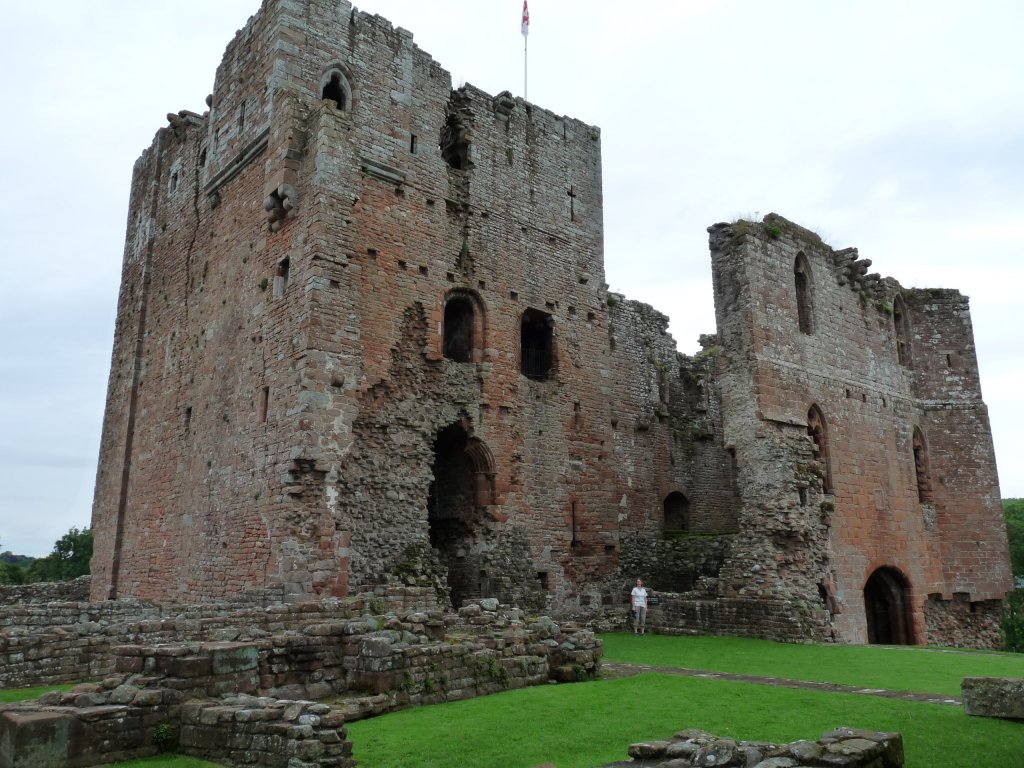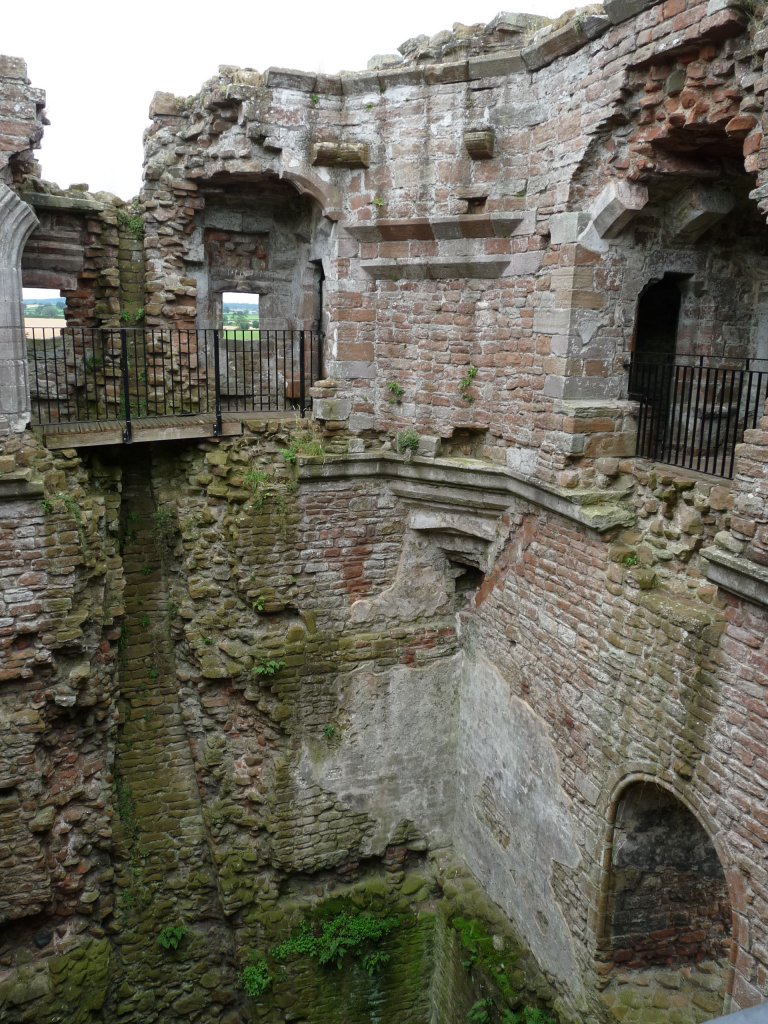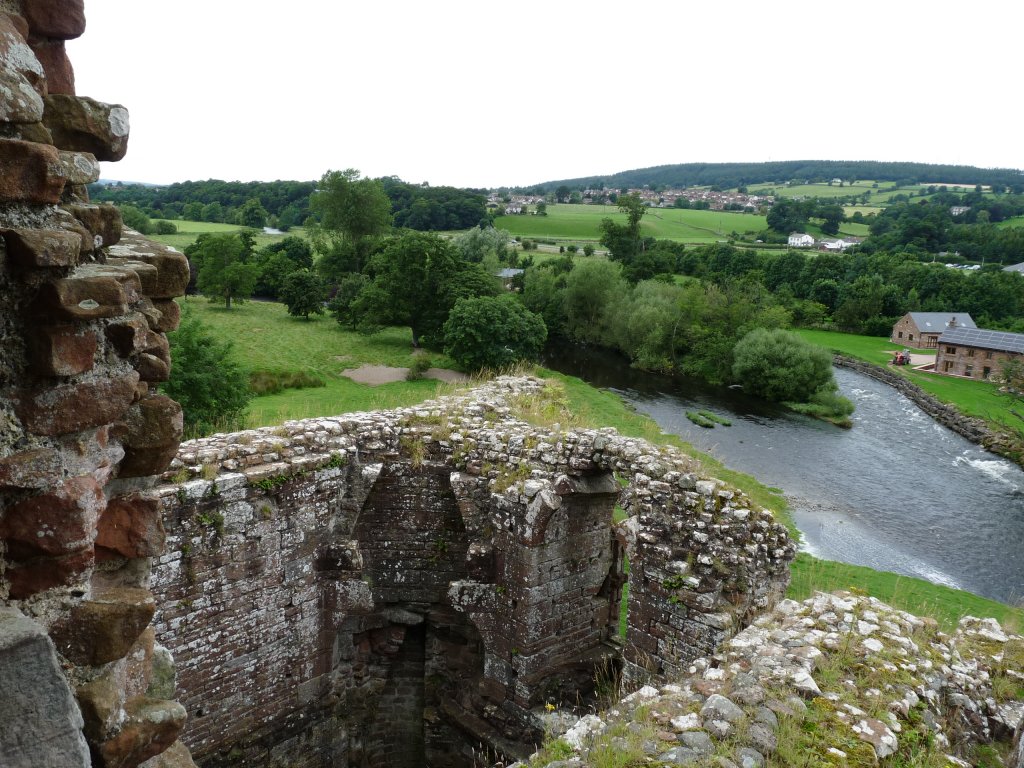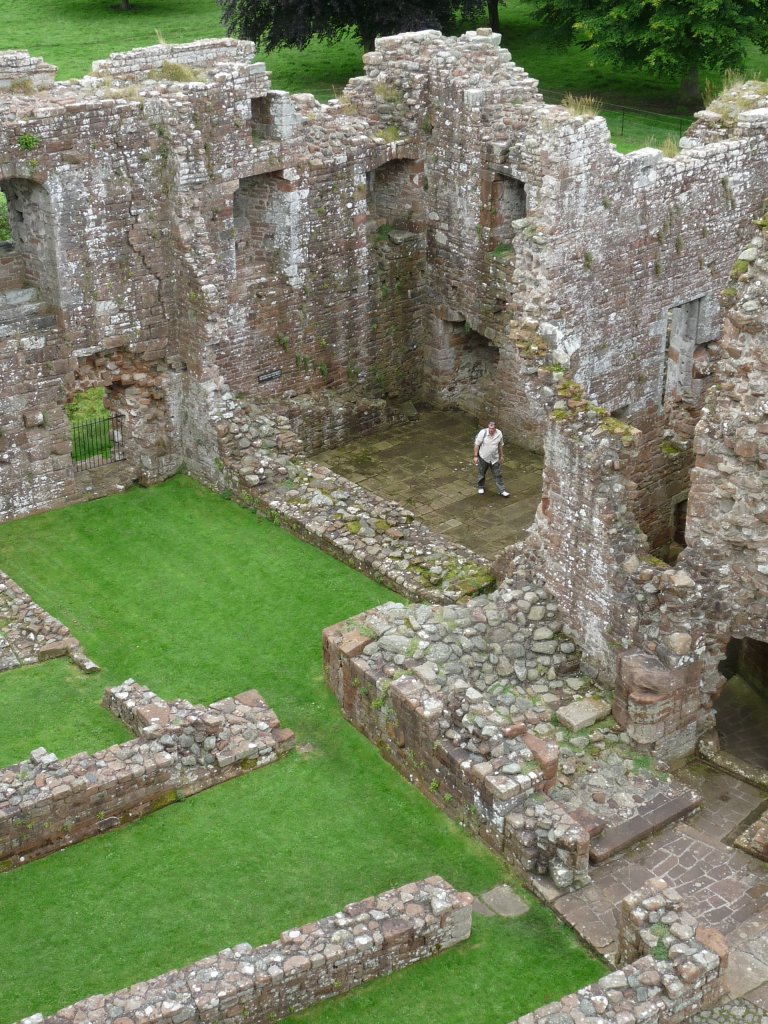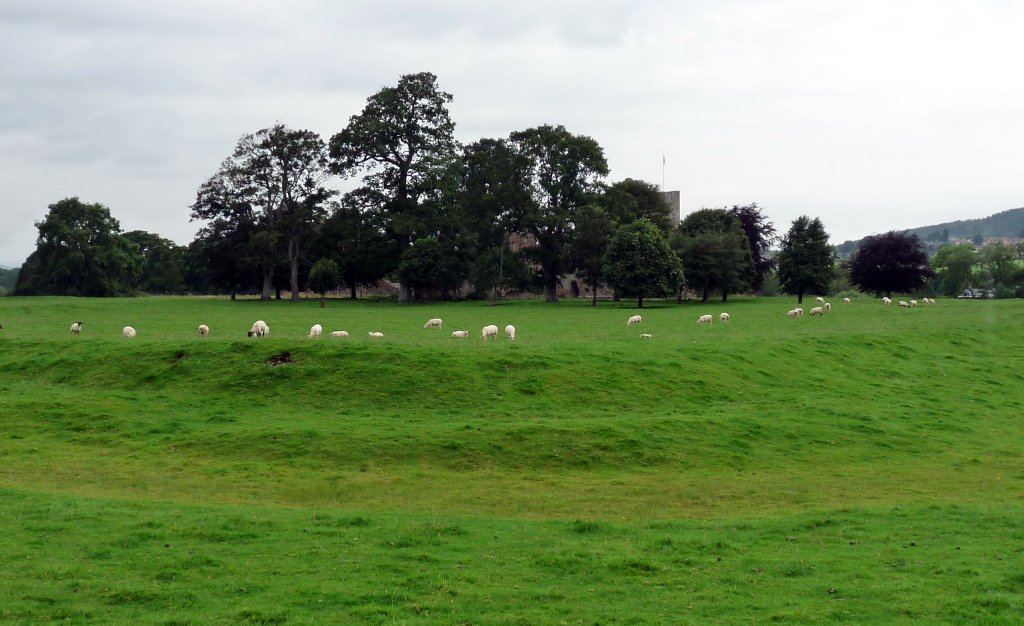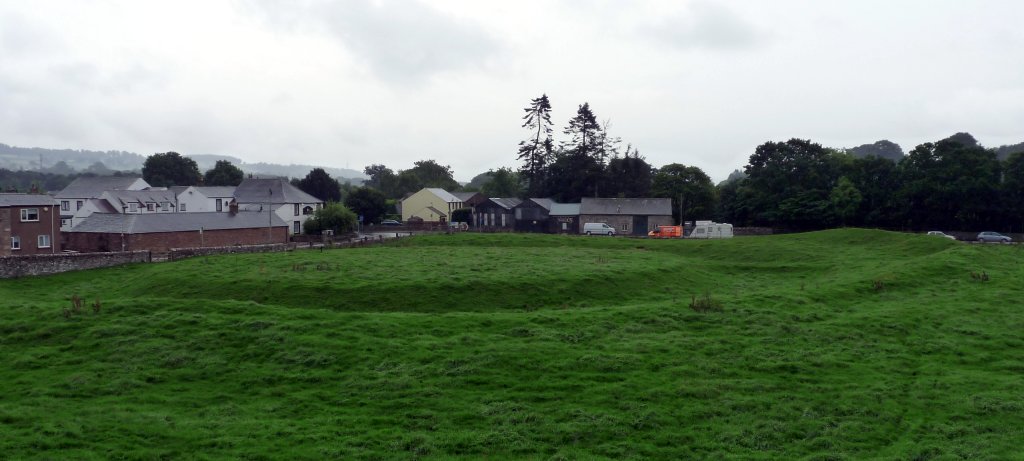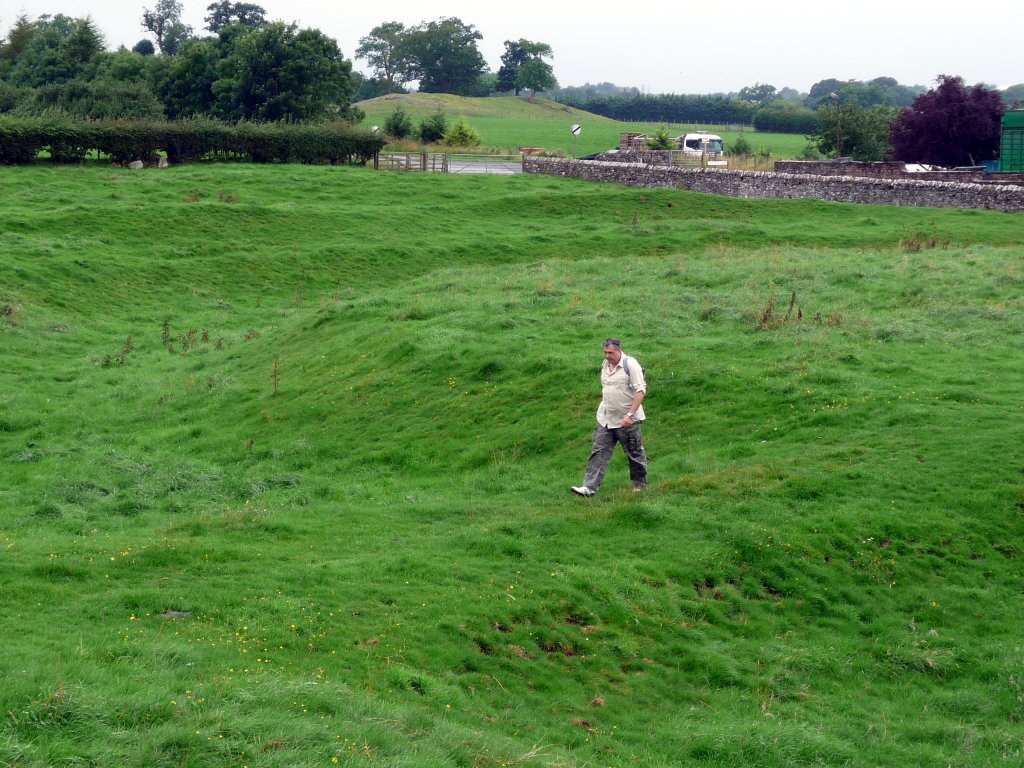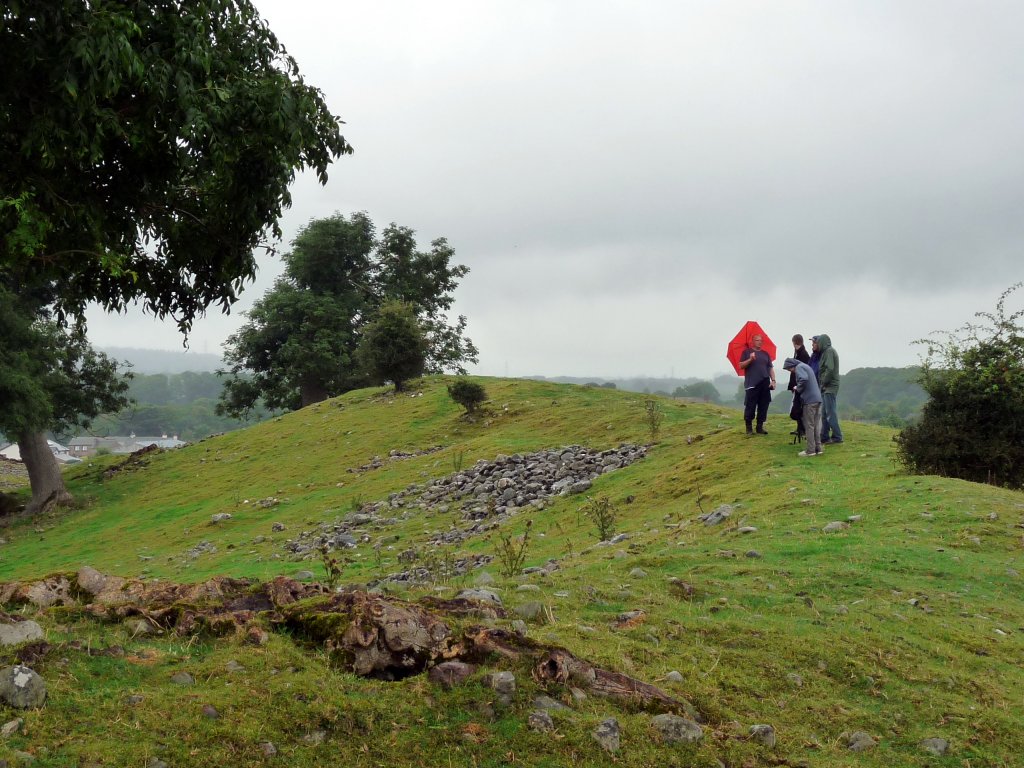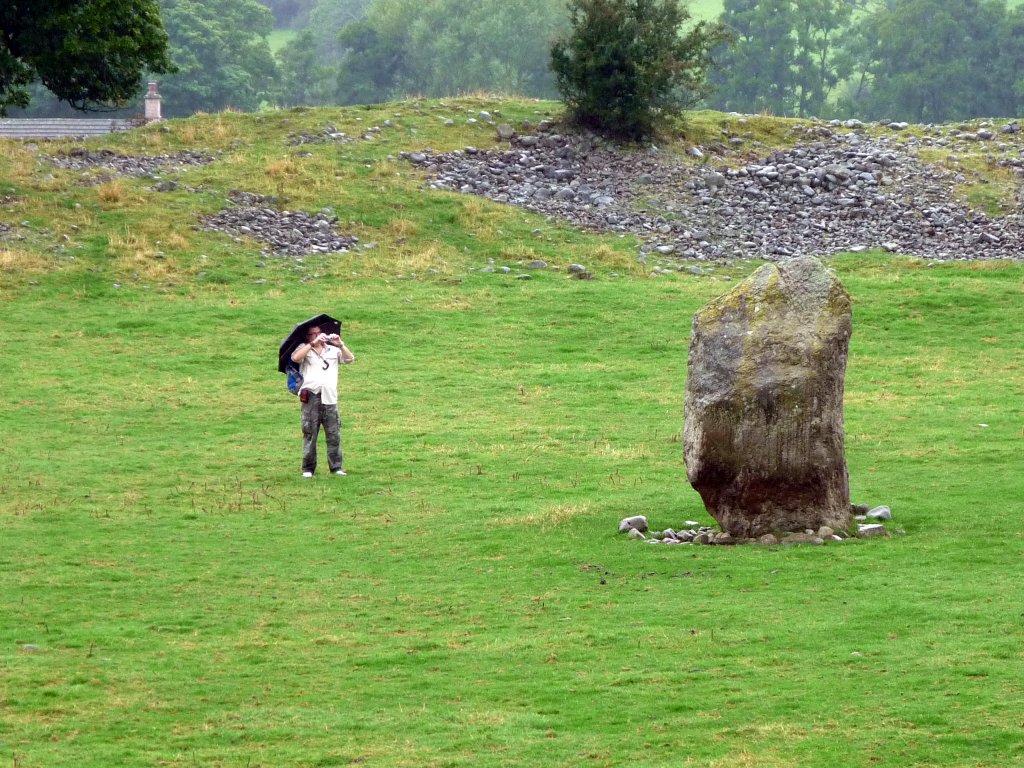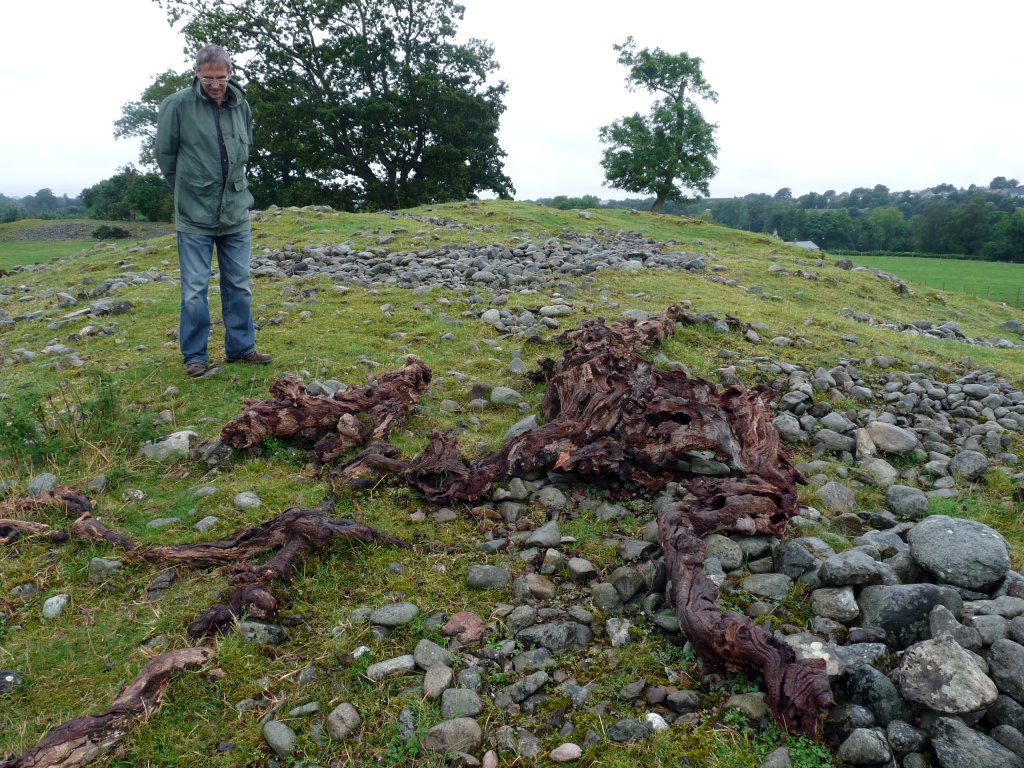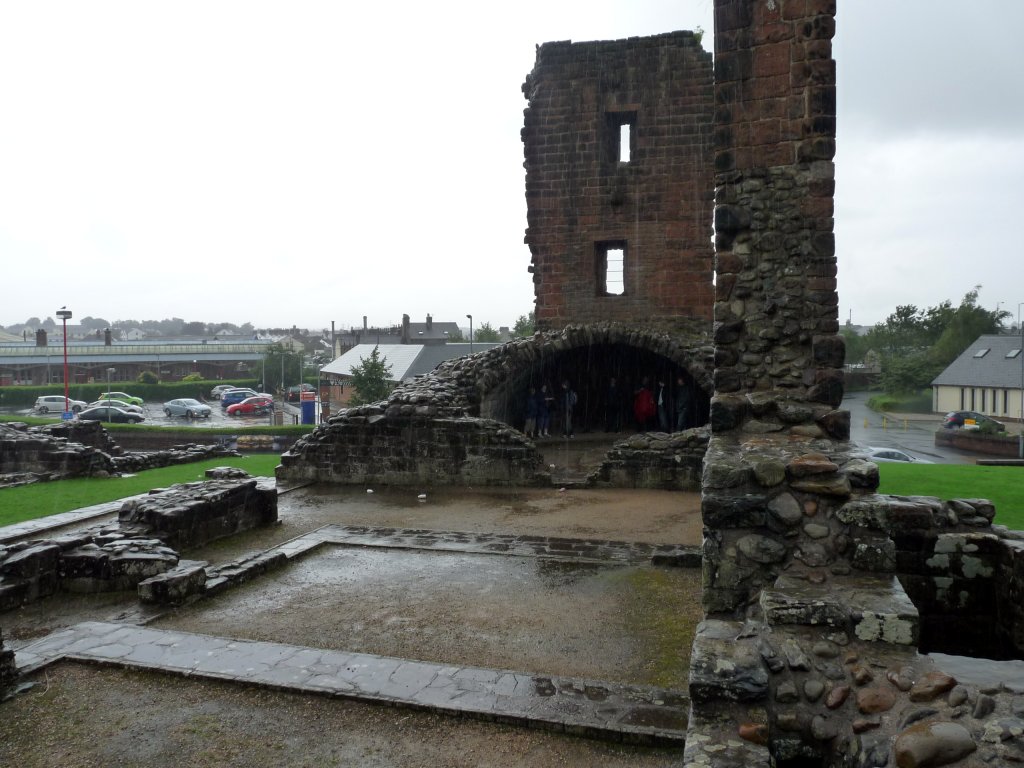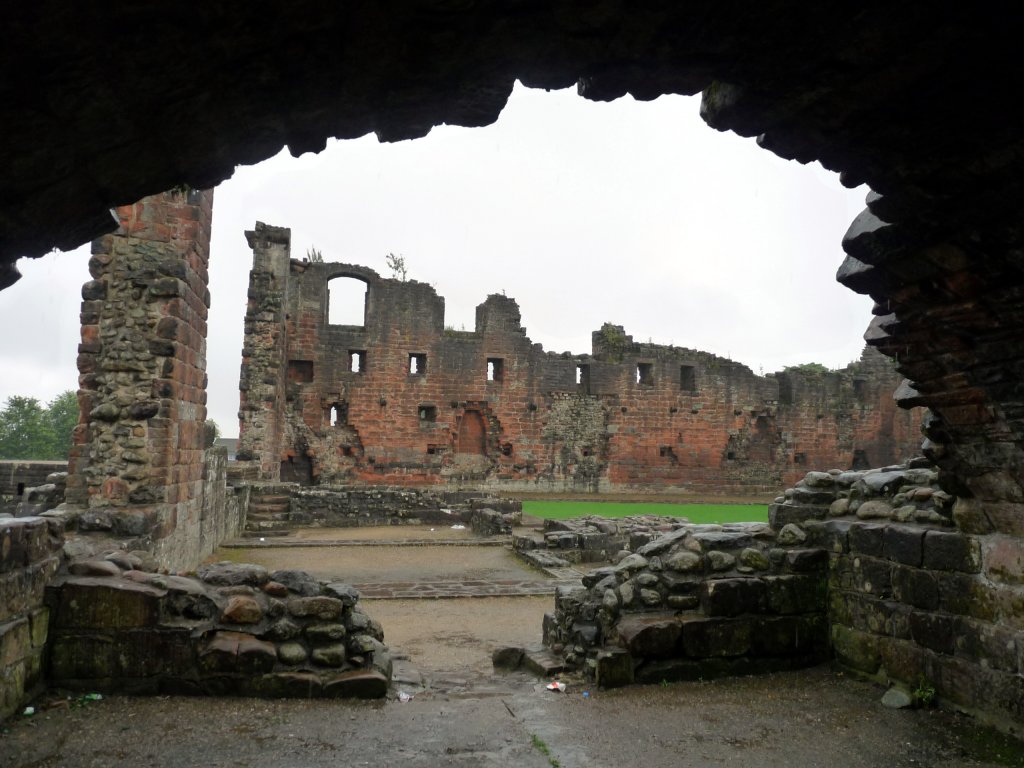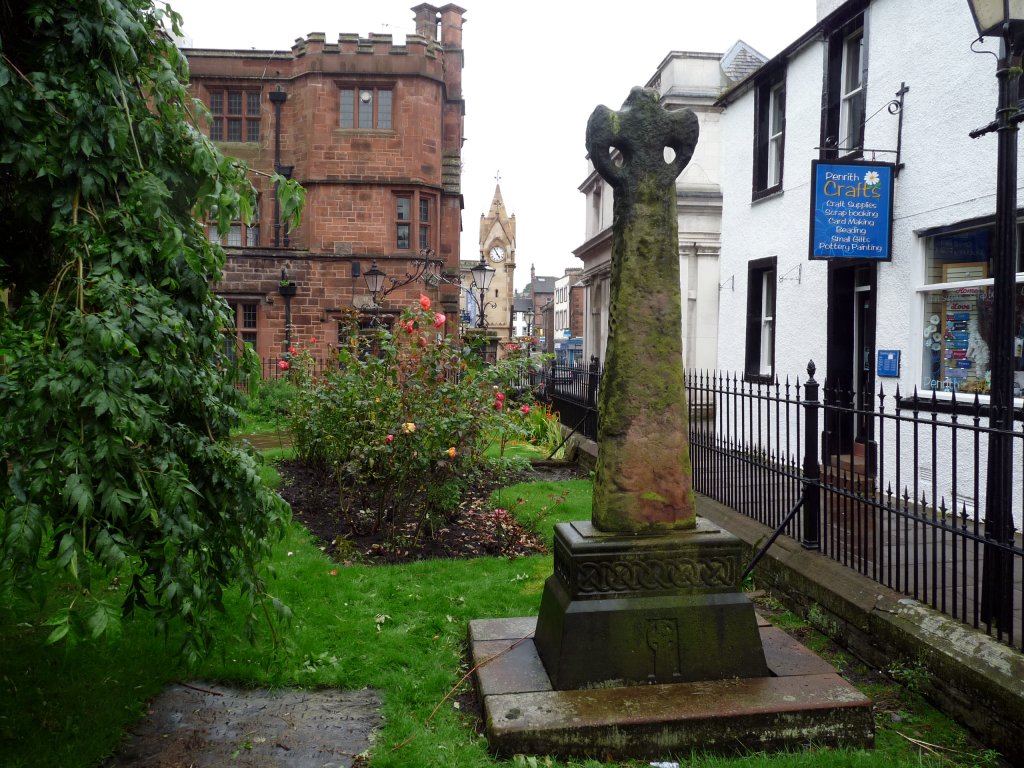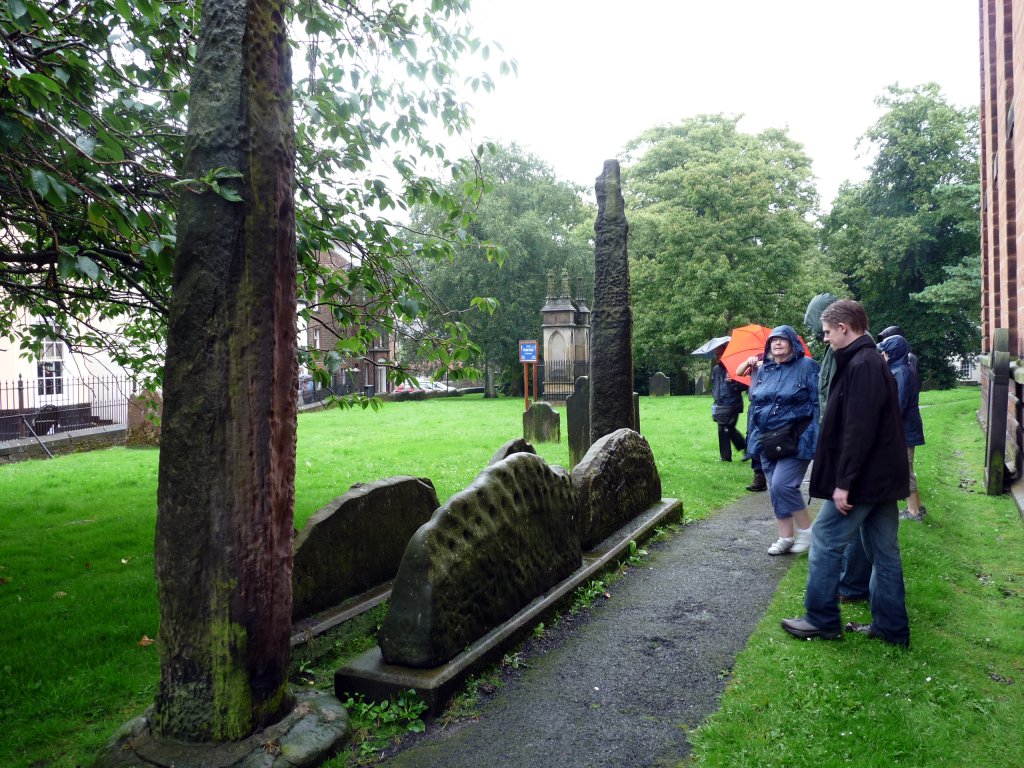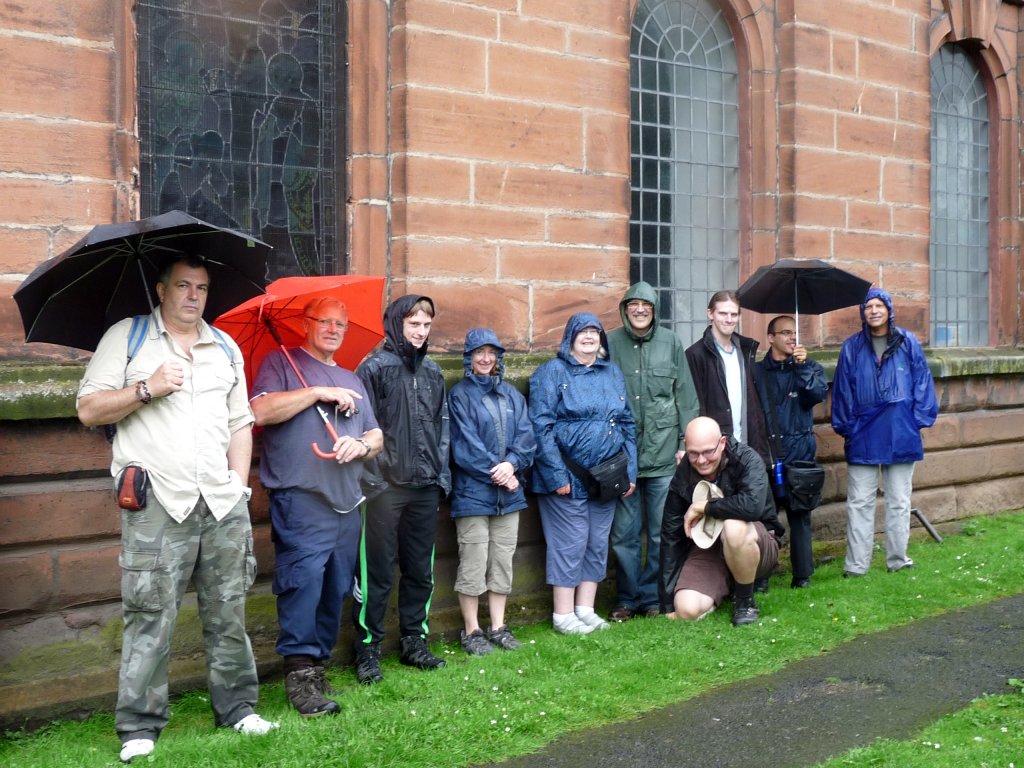This, our second trip of the season, was designed for our more active members and included some of the fascinating site on this historic and prehistoric landscape. Convening at Jepson’s Gate on Anglezarke Moor, the first leg of our walk took us into the very picturesque Lead Mines Clough, where our tour guides, Derek Cartwright and Garry Rhodes regaled us with stories of the mines and their history. Continue reading…
Category Archives: Uncategorized
Eye in the Sky
We bought our new drone in October last year after being inspired by our unusually dry summer. It was obviously too late for us to take advantage of those conditions but we have found plenty of opportunities to try out our new toy. This last week has been no exception – with the unusually warm and sunny weather for this time of year, we took advantage of the ideal conditions to visit sites north of Coppull at :-
Row High Wood and
Charnock Richard where the line of the Roman road extends towards Euxton – also
Pingot Valley where 4 years ago we looked for remains of The Arches viaduct, and
Dean Lock a new site for us on the Douglas Navigation where the remains of a river lock may have survived.
November Meeting
Wednesday 4th November. Back to our usual day, this month we have Kerry Beeston who runs Finds Processing workshops in Manchester. She will be bringing along some of her choice finds for us to look at and I will bring some of ours for her to cast a professional eye over.
Angers Trips
For those who missed our last meeting here is the talk I presented on our trips to our twin city in France (see tab)
Summer Trip
This year’s summer trip (to Penrith) turned out to be a wet affair but the inclement conditions did not dampen the enthusiasm our dedicated band (supplemented by a contingent of potential new members) who turned out to brave the elements.
First off, Brougham Castle (apparently pronounced Broom Castle) – it’s an imposing structure originally built by the Vieuxpont’s in the late 12th century.
The castle passed into the Clifford family in the 13th century – Robert Clifford was one of Edward 1st’s knights who helped him to subdue the Scots in the late 13th century early 14th century.
It was Robert who was responsible for many of the extensions to the castle including the top storey of the castles keep.
Those of us who ventured to the top of the castle keep were rewarded with an is impressive view. The castle’s strategic position is clear, sitting as it does beside the confluence of the rivers Eamont and Eden . .
The castle had a long life and was still in use in the 17th century when it was occupied by Lady Anne Clifford. She spent time and money rebuilding it together with other castles an churches in the region. She lived to a grand old age of 86 – when she died in 1676 the castle was abandoned and quickly became a ruin.
Having spent some time wandering around the impressive ruin and viewing the Roman grave stones and a small altar or on display in the sites ticket office, we made our way to Eamont Bridge for lunch. As we left the site we stopped to view the bank and ditch of the Roman fort which lies to the south-east of the castle site.
We had planned to have lunch in the The Crown Hotel which is directly opposite the first of our Pre-historic sites – King Arthur’s Round Table. However, with no signs of life in this pub, we quickly change our plans to the Beehive Inn which was just across the road. Our troubles did not end there however, as the slow service meant that our team got split up, with stragglers having little time to view our first site before being shepherded on to our next.
King Arthur’s Round Table is a henge monument dating to the early Bronze age (about 2000 BC – therefore nothing to do the legendary king). It has a pretty standard arrangement consisting of a circular bank with an internal ditch with two entrance. In the 17th century there were 2 standing stones near the northern entrance. However these, and the entrance itself, have now disappeared under the adjacent road. Our next site – Mayburgh Henge – lies only 400m away (as can be seen in the photo) but the entrance is around the other side so it was a little further than it looks.
By the time we got there the weather had set in and brollies and raincoats were the order of the day. Mayburgh itself is an unusual henge in that it has a huge circular bank built entirely of stone cobbles. It only has one entrance and no internal ditch.
Its single monolith in the centre is 2.8m high. In the 18th century however there were apparently 4 standing stone in the centre with another 4 at the entrance. This henge is thought to be younger then the previous one, dating to somewhere between 2000 and 1000 BC.
This monster seemingly emerging from the cobbles of the bank is just the roots of an old tree which died many years ago.
By the time we reached our next site – Penrith Castle – the rain was coming down in sheets. Fortunately parts of the castle’s remains provided us with some shelter (you can just about see us lurking in the shadows).
From our shelter we were able to study a good portion of the castles in some comfort. Apparently it was built at the end of the 14th century by Ralph Neville, who was engaged in the defence of the Scottish border. Similar to Brougham the castle was built on the site of a Roman fort emphasising its strategic position.
After seeing enough of Penrith Castle our intrepid band made it’s way in to town to view the last site of the day – ‘Giant’s Thumb’ and Giant’s Grave’ in the grounds of St Andrews Church.
Giant’s Thumb is the remains of a Saxon ‘wheel’ cross dating to 920 AD.
Giant’s Grave is believed to be where Owen Caesarius, King of Cumbria between 900 and 937 AD was buried. It consists of four hog-back stones arranged between two 3m high stone crosses. When the grave was excavated a skeleton, lying beneath a large sword, was revealed . The hog-back stones are thought to represent the wild boar he killed in the nearby Inglewood forest.
Despite the rain, and the slight hiccup with our lunch arrangements, we all managed to enjoy ourselves. We saw a number of sites ranging from the Pre-historic, through Roman to early and late Medieval. Lets hope we have better weather on our next trip.
Archaeological Society Fair
The Fair at Bolton Museum last Saturday was a great success (despite clashing with the ‘Iron Man’ weekend in Bolton). My Rectory Project talk was well received and we had quite a number people interested in our stand.

It was particularly useful to be able see what other societies are up to and to compare notes. Bury Society, for instance, have been excavating a similar site to ours and have some very interesting 16th century pottery. STAG are creating a database with the finds from their Timperley Old Hall (moated site) which will be very useful for us to use to date our site (which has a similar history).
It was also great to be able to show our stuff to the professionals such as Brian Grimsditch and Norman Redhead (Norman was running an interactive stand where you could look up information from the HER database).
Talks in the lecture theatre were, in general, well attended in particular this one by Joyce Tyldesley from Bolton Archaeology and Egyptology Society. The Bolton Society have not been very active recently but are keen to get things going again in the near future.
The day was a great success and great credit should be given to Ian Trumble for putting the effort in to arrange it all (Ian, who works for the Bolton Museum, is also a member of our Society).
Hi All
– using this blog hopefully we’ll be able to keep people informed and up to date with all the Society’s latest activities.

